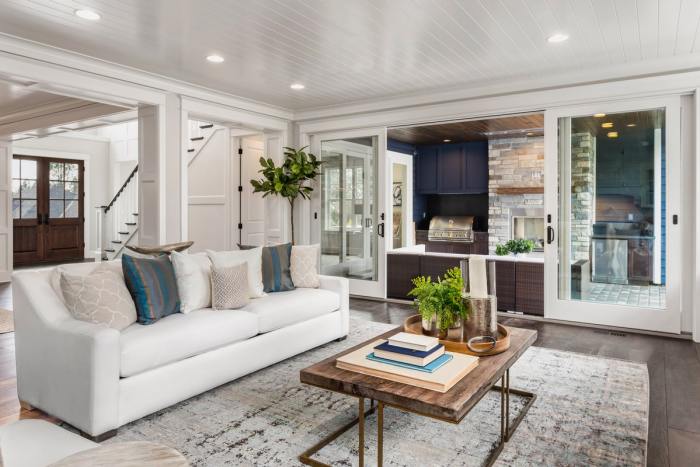Staging your home can be a daunting task, especially during the winter months. However, with the proper techniques and ideas, you can make your home appealing to potential buyers, regardless of the season. In this discussion, we’re going to focus on how to effectively stage your home in winter.
Outlined below are some important aspects to consider when staging your home:
- Home Staging Importance: Realize the importance of properly staging your home as it can significantly increase its resale value.
- Winter Staging Costs: Have a clear budget for winter home staging costs which should include professional staging services and minor repairs.
- Effective Staging Tips: Utilize effective winter home staging tips such as using cozy, warm colors and holiday decorations sparingly.
- Depersonalization and Decluttering: Aim for depersonalizing and decluttering your space to allow potential buyers to envisage their own items in place.
- Freshness and Repair Focus: Prioritize a feeling of freshness and repair any detriments to make a positive impression.
- Light and Furniture Optimization: Maximize lighting and carefully arrange furniture to enhance spaciousness and comfort.
- Curb Appeal Enhancement: Never undermine curb appeal even in winter; ensure walks are clear of snow and add attractive outdoor lighting.
The above guidelines will significantly aid in staging your home, making it attractive for prospective buyers.
Why Staging Your Home Matters
I cannot stress enough the impact of properly staged homes on potential buyers. It offers them a glimpse of what living in that space might look like.
An elegantly staged home creates a lasting impression that can trigger emotional engagement, essential in the decision-making process of purchasing a home.
Keeping the house bright, cozy, and inviting during the frosty winter months might just give your home the competitive edge it needs in the market.
Remember, the ultimate aim of staging your home is to sell it faster and at a higher price.
Importance of Home Staging in Winter
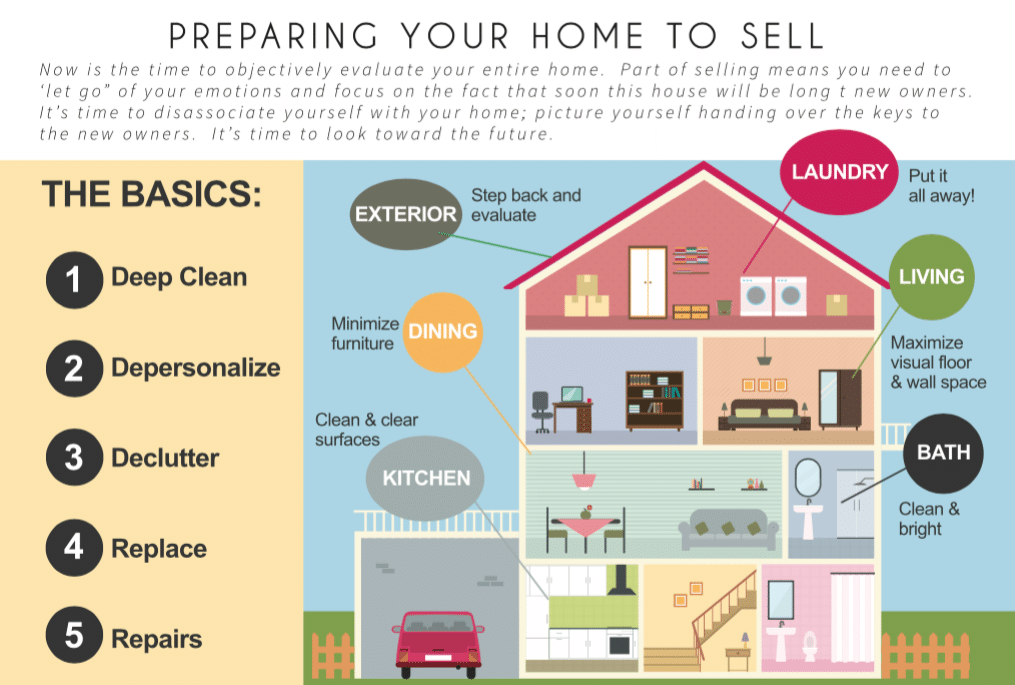
Staging your home in the winter can work to your advantage as there are fewer homes on the market. The charm and coziness of a well-staged home can help it stand out.
Maintain Curb Appeal
Despite the snow, yard maintenance is essential. Shovel driveways and paths leading to your front door, making the house look more inviting.
Clean gutters regularly to avoid ice build-up. With few winter-themed decorations, like evergreens by the door or on the porch, your outdoor space can enhance the appeal of your home.
Comfortable Indoor Temperature
The warm temperature inside a house makes it more welcoming during winter. Adjust your thermostat accordingly and rectify any drafty spots around the house to ensure a cozy atmosphere for potential buyers.
Utilize Fireplaces
A lit fireplace can drastically increase your home’s warmth and allure. By showcasing it as a prominent feature of the home, potential buyers might find it hard to resist your offer.
Introduce Seasonal Scents
Infusing your home with seasonal scents like oranges and cloves creates a memorable experience for visitors.
Candles and fur throws also contribute to creating an inviting, warm ambiance.
Use these winter staging ideas for a faster sale.
Brief on Winter Home Staging Costs

Home staging costs greatly vary, with some starting off as low as a few hundred dollars to others running up in the thousands.
To understand the costs better, it’s essential to distinguish between vacant homes and owner-occupied homes staging.
Vacant home staging tends to be more costly as it involves renting furniture and decor from the stager which is charged per room, per month.
However, the advantage here is that you only pay until your home sells or you accept an offer on it.
“There’s staging, and then there’s luxury staging,” says Nicole Gittens, home stager and interior designer. “Staging costs start around $1,500 for smaller homes and can go up to $10,000 for luxury homes.”
Contrarily, owner-occupied home staging can be less pricey if the stager utilizes your existing furniture and decor. This eliminates rental and transportation expenses.
However, keep in mind that this may not always be inexpensive as lived-in homes may require extra labor due to additional styling around your items.
Nicole Gittens advises homeowners to find a stager who can meet their expectations within their budget parameters (source).
Effective Winter Home Staging Tips
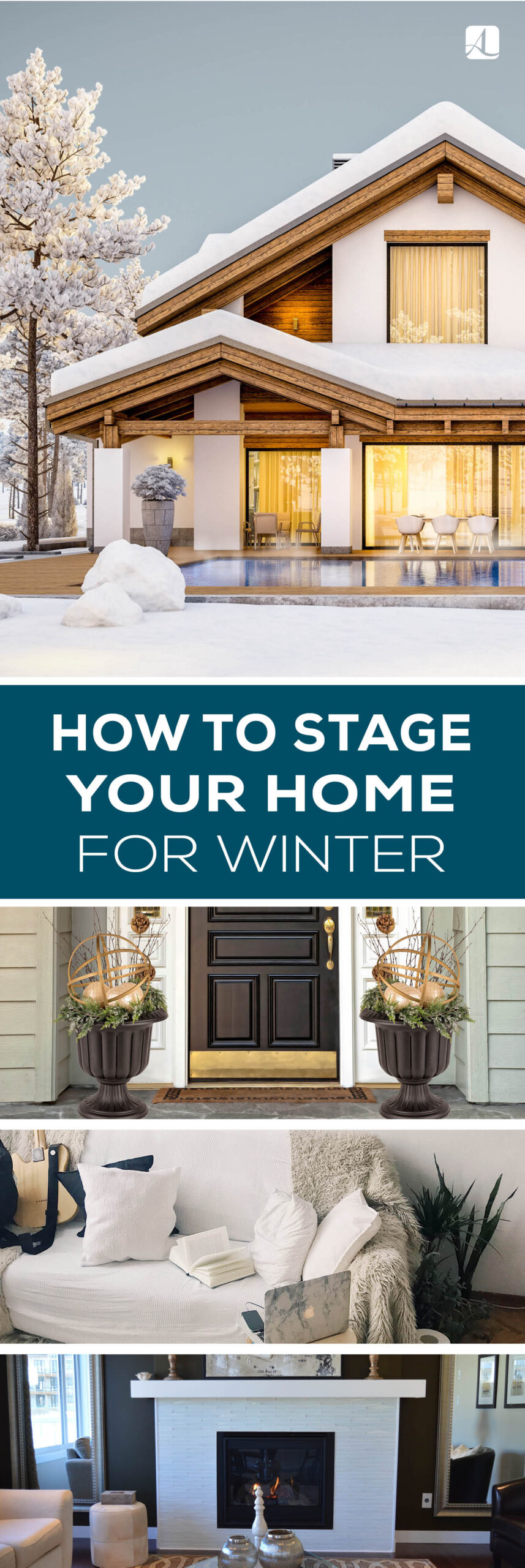
What is the key to effective winter home staging?
The key to effective winter home staging lies in embracing warm neutral interiors, filled with earthy tones and layered elements.
Why is neutral interior design beneficial for staging?
Neutral interior design, with its well-balanced spaces, acts as an ideal base for natural design schemes. It brings warmth and harmony to the home.
What is an example of a warm neutral color scheme?
A perfect example of a warm neutral color scheme is a soft white kitchen with a walnut island, complemented by earthy décor elements.
How can designers inspire homeowners?
Designers like M House Development, excel at creating beautiful homes with innovative designs. Their projects provide homeowners with plenty of inspiration for their own spaces. You might want to check out some featured homes by this builder.
How do new-construction ideas inspire home staging?
New-construction ideas, such as a Modern Farmhouse or New Home in Naperville, Illinois, provide fresh inspiration for home staging. They present new ways to incorporate contemporary design trends into the home.
What type of ideas can help a homeowner in home staging?
Ideas that encourage and inspire homeowners to make well-informed decisions about their spaces are vital. This could range from kitchen and bathroom designs to landscaping.
Depersonalizing and Decluttering Your Home
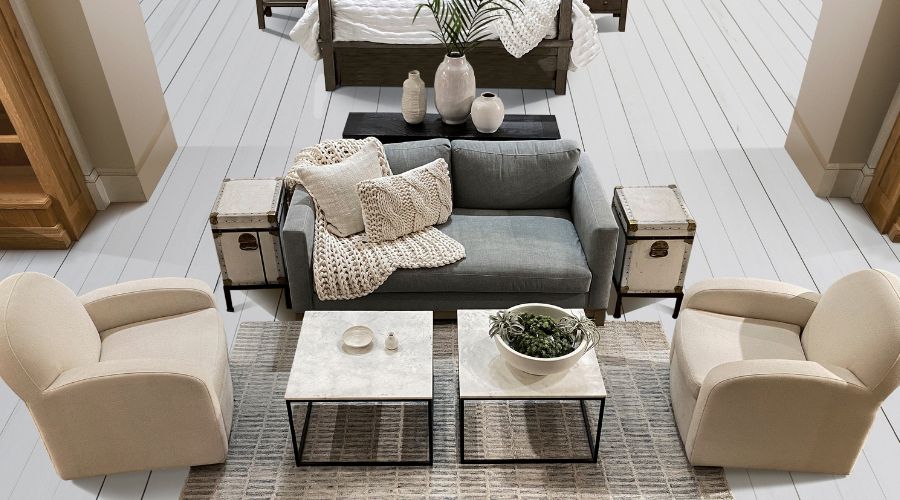
The first step in transforming your home into a market-ready stage is depersonalization and decluttering. The idea here is to create a neutral canvas potential buyers can envision their lives in.
Quick Declutter Strategy
Start with your most cluttered spot. Removing one item at a time may seem slow, but it’s effective. The key is finding a new home for each object, possibly even outside your house.
Tackling Your Living Room
A 20-minute tidy up can work wonders in your living room. Grab a container, set the timer, and start picking up anything that looks out of place.
You might want to prioritize certain areas like coffee tables, areas around the sofa, bookcases or entertainment centers where clutter often accumulates.
Identifying Items to Remove
Keep an eye out for common clutter culprits such as toys, books, electronics, random objects and decor. Also consider misplaced items, such as shoes or accessories that should be elsewhere.
Once the timer is up, end the tidying phase and begin rehoming any items you’ve collected. Sometimes, the best new home for an object might not be within your own four walls. It could be the trash can or a donation center .
Making Decluttering Easier Next Time
The more you streamline, the easier future tidying sessions will be. This exercise not only contributes to staging your home but also reduces future maintenance needs.
Focusing on Freshness and Repair

A fresh and clean home can make a world of difference. Tips like using humidity control car products can minimize cleaning time.
Simple rules like making your bed immediately upon waking can create the illusion of cleanliness. It takes just 5 minutes daily.
Honeycomb dividers are a great way to organize your drawers. They keep your items neat and manageable.
| Tips | Benefits | Time Taken |
|---|---|---|
| Use humidity control car products | Minimizes cleaning time | Varies |
| Make bed immediately upon waking | Makes room appear cleaner | 5 minutes |
| Use honeycomb drawer dividers | Organizes dresser messes | Varies |
| Clean with baking soda | Makes an olfactory difference | Varies |
| Fix rather than replace fixtures | Cost-effective solutions for dull or damaged items, like tubs. | Depends on the fixture. |
| Table 1.1 Simple and Effective Home Management Tips. | ||
Selecting the right garage flooring can provide an efficient change in appearance while considering its utility in space.
Baking soda is not just for baking; its cleaning capabilities are impressive. It provides a fresh scent while removing dirt and grime.
If your bathtub appears dull or yucky, consider fixing it. A remarkable transformation could be more cost-effective than replacing it entirely.
Innovation is key when it comes to home maintenance. Creative solutions not only save time but also enhance the overall appearance of your space.
Optimizing Light and Furniture Arrangement
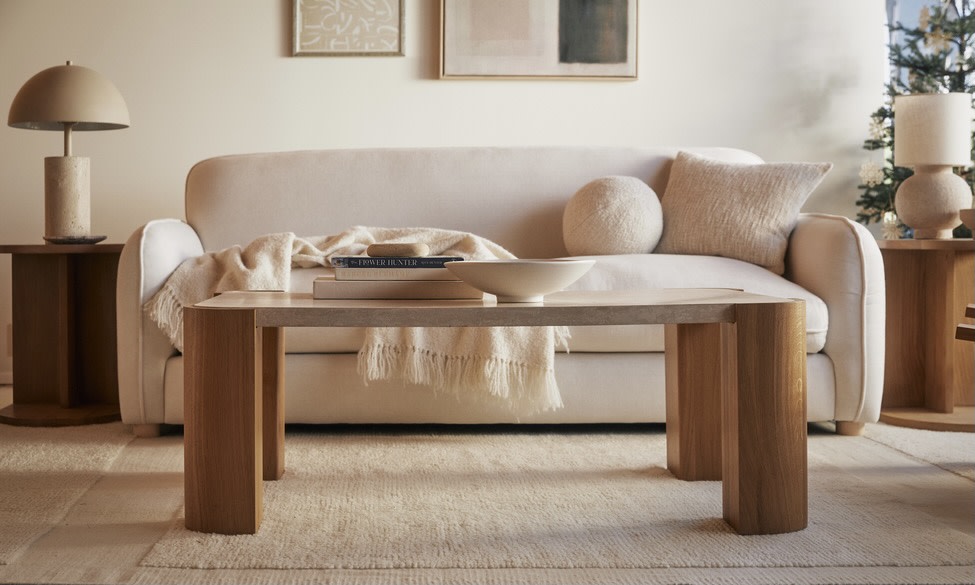
Lighting makes a significant impact when staging your home. It influences the perceived size, mood, and overall appeal of any room. Thus, it’s key to optimize both natural and artificial light sources.
For natural light, ensure all windows are clean and free from obstructions. If curtains or blinds are necessary for privacy, opt for sheer fabrics that allow some light to pass through.
The use of artificial light can create a warm and inviting ambiance. Consider utilizing multiple sources such as overhead lights, table lamps, or even floor lamps for larger spaces.
- Vary lighting types: Overhead, ambient, task, or accent lighting can be combined effectively.
- Furniture arrangement: Position furniture in a way that enhances conversation areas and traffic flow.
- Clear clutter: Keep spaces tidy and inviting by removing unnecessary items.
- Mirrors for impact: They reflect light and give the illusion of larger rooms.
In furniture arrangement, focus on balance and proportion. Avoid pushing all furniture against walls; instead create intimate seating arrangements. Ensure there is clear passage for movement around the room.
Furniture choice impacts room perception too. For instance, glass tables create an illusion of space due to their transparency. Similarly, leggy chairs and tables seem to take up less volume than pieces with solid bases.
More detailed solutions can be explored to understand how furniture arrangement influences home staging success.
Enhancing Curb Appeal During Winter
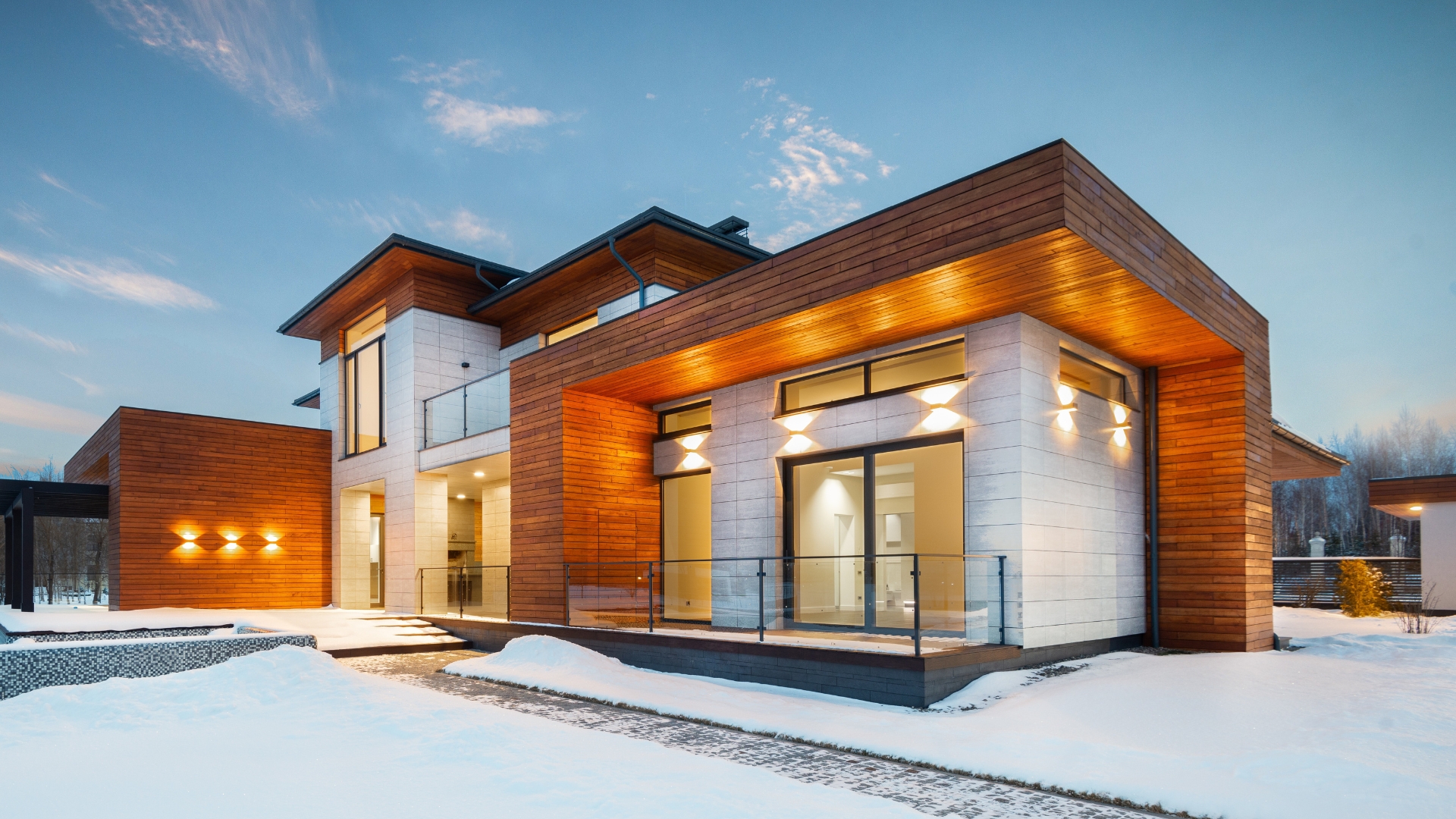
Boosting curb appeal in winter can seem daunting, but with some creativity, it’s entirely possible. Let’s look at some practical ideas and tips for boosting winter curb appeal.
A vibrant and inviting outdoor space starts with smart decoration choices. Hanging a wreath crafted from pinecones or evergreen branches adds winter charm.
Illumination is key. Solar-powered garden lights provide an enchanting ambiance while brightening up walking paths. String lights add a festive holiday vibe.
Utilize durable plants to invigorate your outdoor space. Pansies, winter heath, or evergreen branches can thrive even in the cold season.
Maintaining the exterior of your house is essential, too. Clear any fallen leaves from driveways or walkways to keep them safe and appealing.
Repainting peeling paint or fixing damaged shutters can significantly improve the house’s exterior look. Well-maintained window sills and frames also contribute to the overall appeal.
Incorporating color and texture can dramatically enhance your home’s exterior. A bold-colored front door, for instance, adds visual interest and draws attention.
Winter-themed throw pillows or blankets add pops of color, while natural materials like pinecones or branches introduce a cozy feel.
Lastly, consider setting up a charming outdoor holiday scene. A decorated Christmas tree or a festive doormat can create a welcoming atmosphere for visitors.
For more ideas on how to enhance your home’s curb appeal during winter, check out this article from HGTV.
Mistakes to Avoid when Staging in Winter
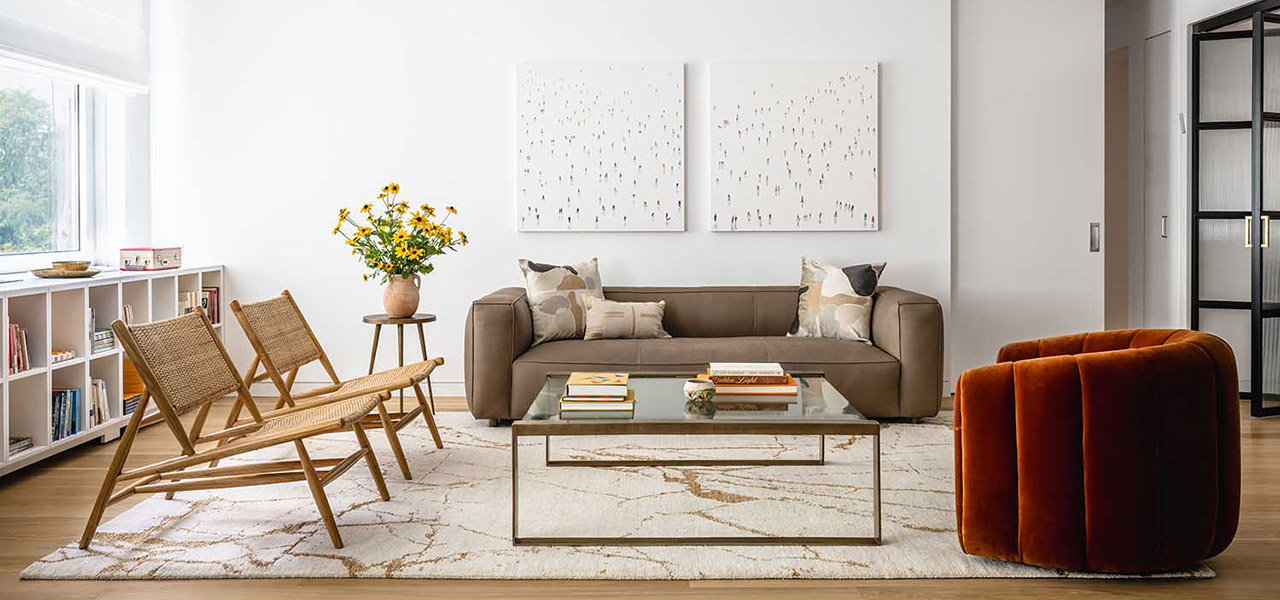
True, faux garland adds a certain charm, but compared to real greenery, it falls flat. Real greenery not only elevates aesthetics but actually adds a fresh scent to your space. However, remember to keep it misted to stay fresh.
The next common mistake is limiting your decor to just red and green. It’s time to shake up this tradition and opt for a variety of colors that complement your daily decor. Consider non-traditional hues like off-white, silver or even blue.
- Maintain personal touch: Stay true to yourself while decorating, don’t abandon your personal style for trending aesthetics.
- Consistent theme: Stick with one theme throughout the home. Mixing themes can result in a chaotic appearance.
- Avoid over-clustering: Candles enhance the ambiance, but clustering them together creates unnecessary fire hazards. To create a cozy and safe environment, consider flameless variants scattered thoughtfully.
Finally, it’s important not to mix traditional themes with non-conventional ones. For instance, tartan and winter wonderland items or pastels and greenery should not be mixed. Keep it consistent for a harmonious look.
If you want more inspiration check out thespruce. Remember to have fun while decorating! Let your creativity shine without compromising on safety or style authenticity.
Winter Staging Wisdom
Staging your home in winter requires strategic heating, warm lighting, and cozy decor to invoke a welcoming atmosphere. Ensuring clear pathways, showcasing fireplaces, and creating a festive, yet neutral appeal are crucial. Ultimately, successful winter staging can turn the cold season into a hot time for home sale.
